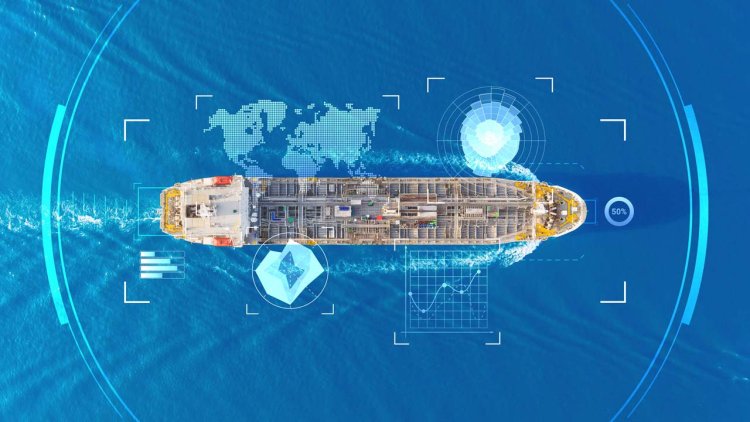Houlder develops new tool for analysing ship performance and efficiency
The solution uses the latest digital twin technology to create a virtual world which can be used to analyse tweaks to the operations of existing ships

Houlder has developed a new tool for analysing ship performance and evaluating efficiency options, including energy efficiency technologies – also known as energy-saving devices or clean technologies.
The Houlder Optimisation & Modelling Environment, HOME™, uses the latest digital twin technology to create a virtual world which can be used to analyse tweaks to the operations of existing ships, to design brand new vessels, or to outline various ways to save fuel and cut associated greenhouse gas (GHG) emissions on specific voyages or across all operations.
Using HOME™, shipowners are able to analyse the emissions performance of efficiency technologies for their specific vessel and its unique operating profile. Fundamentally, each ship has different efficiency requirements impacted by route, cargo, design and so on, and will benefit from a different technology or blend of technologies. The key is to start with the ship, not the technology being offered.
Rupert Hare, CEO of Houlder, commented:
"The vessel efficiency opportunity is well understood; if you save fuel, you save money and GHG emissions. If you save emissions, you save the planet. It's a virtuous circle in that regard. However, uncertainty about the performance of efficiency technologies remains a barrier to final investment decisions and wider uptake. Clear data from an independent and objective source on the specific fuel and emissions savings of green solutions can help build the commercial case required. Good decisions need good data and it's always a smart idea to get a second opinion."
Jonathan Strachan, CTO of Houlder, said:
"This isn't just about looking at how ships do what they do; it's about making them do it better. Depending on what a client needs, HOME™ can dial the detail up or down. For those at the drawing-board stage, basic-fidelity simulations offer a quick peek at what's possible. For more in-depth analysis, like weighing up different modifications or getting into the nitty-gritty of business planning, mid-fidelity and high-fidelity simulations provide richer, more detailed insights through Houlder's computational fluid dynamics (CFD) and hydrodynamics capabilities and expertise."
Operational modelling is an emerging field of study for the maritime industry – advances in processing power, AI, and big data are leading to the development of new and smarter tools. When real-world data from ships is available, it can be fed into HOME™ to make the modelling even more accurate. The system can also calculate carbon intensity indicator (CII) and energy efficiency existing ship index (EEXI) ratings, plus hull forms can be recreated from 2D drawings, removing the need for expensive 3D scanning.
Verified and accurate emissions performance data is in the best interest of technology providers as well as ship owners and operators. It's a win-win, as technology companies need case studies of their solutions performing well on a suitable vessel and route to build trust with other shipowners, and clearly shipowners want the best return on investment – both in terms of cash and carbon.



























